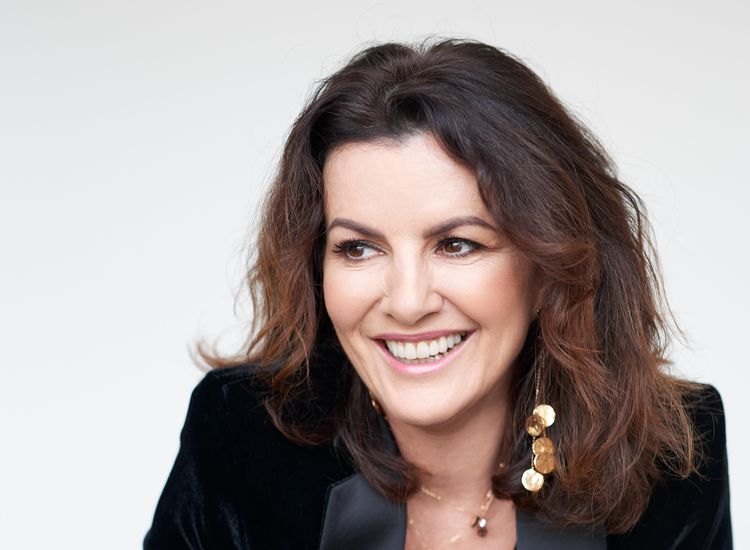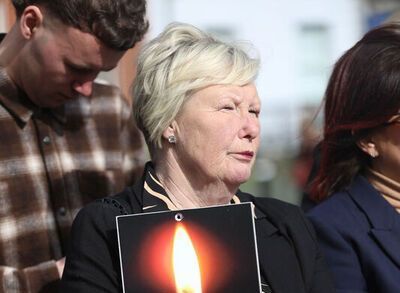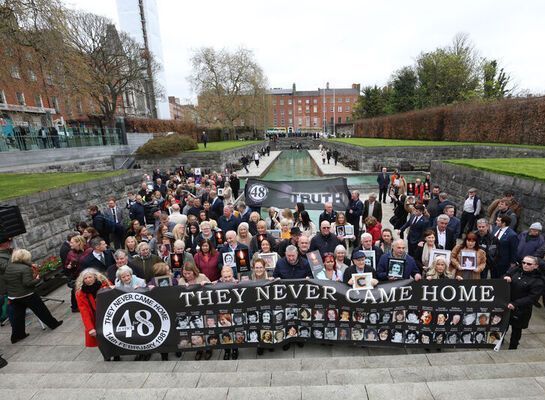[caption id="attachment_66542" align="aligncenter" width="600" caption="Saul Alinsky, left, with Nicholas von Hoffman."]
By Peter McDermott
If you needed any more evidence that much of the rightwing is off its rocker, I have just two words for you: Saul Alinsky.
I don't mean the community organizer, that true American original who is now most famous for influencing the young Hillary Clinton and Barack Obama. No. I'm referring rather to the bizarre historical stick-figure that fuels the imaginations of paranoid reactionaries.
It's not just the Glenn Beck types, though. The attack dogs that can spell - those, for instance, laboring at the National Review - have gleefully joined in. I'm not sure that founder William F. Buckley Jr. would have approved of such lunacy. But that's the way things have been going. They likely see it as good practice: if you can frighten your audience with the specter of an American who died 39 years ago, just think of what you could do with living foreigners.
Readers who really want to find out something about the man in question should get a hold of Nicholas von Hoffman's "Radical: A Portrait of Saul Alinsky." It depicts a pragmatic leader who had "no patience with moral victories" and "did not believe in lost causes." He was dismissive of those he considered do-nothing liberals; he saw himself as a radical, but one who understood the realities of power in America and the compromises that needed to be made to get results. Alinsky, recalls von Hoffman, "the man with a reputation for combative truculence, knew when not to fight. Part of his genius was the ability to recognize an unwinnable situation."
He might have had a certain sympathy, then, for the 44th president, who is told on a daily basis to "get tough," "draw a line in the sand" "show courage" and "conviction" and to use his "bully pulpit."
Young volunteer
Von Hoffman has had since the 1960s a distinguished career as a journalist, including with the Washington Post, where publisher Katherine Graham said life would be a lot "simpler" for her if he didn't write for the paper but she was glad that he did. The first act of his adult life, however, began in Chicago in 1953 when he was introduced to the community organizer Alinsky by two Catholic priests: the Rev. John O'Grady, an immigrant, and a younger man, the Rev. Jack Egan. The 22-year-old von Hoffman subsequently told Alinsky that he would give him 10 years of his life and then he'd find something else to do. And that's what happened. The pair remained close friends, though. In the last line of "Radical," the author writes that Alinsky's sudden death in 1972 at age 63 "damn near killed Egan and me and the rest of us who loved him."
Another person hired by Alinsky recalled that, for his part, "Saul just loved Egan, loved him as a priest...Saul knew what a priest was...'But there are so few of them around,' he'd say."
With O'Grady, a lobbyist for the Catholic Church for decades and a major force in changing its approach to social work, the author reports his boss had a "close and rollicking" friendship. "He came over from Ireland the year Saul was born," von Hoffman says, "a matter of mystical banter between the two of them."
Alinsky didn't approve of most social workers, it should be said. O'Grady didn't damn them, says von Hoffman, but "came to agree and back Saul in his belief that change should come from people themselves..."
Inevitably, Alinsky was considered by many liberals and Protestant ministers to be a "cat's paw of the papacy," the author writes. "[F]or many non-Catholics of the period, Protestant, Jewish, or agnostic, talking to a priest or - ye gods! - a nun was a rare, somewhat embarrassing encounter. For them, Catholic America was an ill-lit land and the church a quasi-military, quasi-royal organization whose members when issued an order, genuflected and obeyed."
"Radical" details his alliances with other churchmen, such as Bishop Bernard Sheil, an embezzling prelate with a weakness for the good life, and the Msgr. Patrick J. Malloy, who ran a parish of 5,000 families. Sheil had a real commitment to the labor movement and to justice for poor people and he loved nothing better than to stare down a banker. A passionate anti-fascist like Alinsky, he took on the anti-Semitic radio priest the Rev. Charles Coughlin in the 1930s. And in the 1950s, he was the only bishop who publicly attacked Senator Joe McCarthy.
Sheil was passed over for the top ecclesiastical job in Chicago and resigned from the board of Alinsky's organization when it accepted a check from the man who did get it. The bishop's telegram to Alinsky read: "YOU HAVE SOLD OUT TO THE CATHOLIC CHURCH."
Malloy was a rather different type of priest to O'Grady and Egan. "I had it on fairly good authority that back in his youth," von Hoffman remembers, "Pat was supposed to have been the best wheelman in Chicago and that he was in demand by the city's best bank-heist artists." His moral outlook didn't improve much with the years. But Malloy had influence. Von Hoffman's descriptions of time spent with the colorful monsignor and of Alinsky's courting of him are brilliant.
Key omissions
Andrew C. McCarthy, conservative lawyer, author and National Review writer, has also praised von Hoffman's book in a review essay in the New Criterion, a snooty right-wing journal (you know it's snooty because it's got an annual poetry issue, in which would-be Ezra Pounds and G.K. Chestertons get to strut their stuff). He finds time to mention that one-hit wonder Bill Ayers and the Weathermen and assorted bad guys such as the Muslim Brotherhood and their separated brethren in Al Qaeda. Alinsky's alleged Marxism is referenced, something McCarthy says he shares with his "acolyte," the president of the United States.
It doesn't matter that von Hoffman - who is one of the three or four people still living who knew the organizer well - regards as laughable the idea that he adhered to any ideological system. On the other hand, Alinsky certainly did believe that class struggle took place in America, and that nobody pursued it with greater skill than his hero and friend John L. Lewis, the miners' leader.
McCarthy does discuss Lewis and, of course, Alinsky's tongue-in-cheek dedication to "Lucifer" in the first edition of his "Rules for Radicals." Yet, there is no mention anywhere in the New Criterion review essay of O'Grady. There's no Egan either. No Shiel. No Malloy. Nor is there any reference at all to Alinsky's connection to or sponsorship by Catholic clergy and institutions. That is quite remarkable given that it's a 3,200-word piece about a book that is no more than 60,000 words long. Not surprisingly, then, you'll search in vain for any allusion to his links with Jacques Maritain, arguably the most famous Catholic philosopher of the 20th century.
Papal advisor
The friendship with the Frenchman, which began in the early 1940s and continued through Alinsky's death, was in von Hoffman's view a "wider and deeper relationship than with any other Catholic," despite his closeness to O'Grady and Egan. It was as a favor to Maritain that Alinsky met and advised Cardinal Giovanni Montini (the future Pope Paul VI) over his concerns about the growing hegemony of the Communist Party in Northern Italy's red belt. On that same trip, the agnostic Jewish radical had an audience with Pope Pius XII.
Alinsky was dependent on Catholic charities and on those wealthy sympathizers he could convince to part with some cash. He ran a tiny operation out of a two-room suite on South Michigan Avenue. But it was important for him to be seen as somehow dangerous. If you made your enemies nervous, he felt, they were likely to make mistakes. Besides, he enjoyed upsetting stuffed shirts.
"The people Saul alarmed most were the people who had the most and were most used to the unrippled life," the author writes. "A small stone skipped across their smooth waters got them imagining an inflamed mob and they pictured Saul as looking like Lenin at the Finland Station."
In reality, Alinsky was as suspicious of big government as he was of big corporations. He was an adherent of an open society and of the Bill of Rights. He regarded the anti-totalitarian ideas of George Orwell as "central," according to von Hoffman, but in common with that iconic writer, he felt that the labor movement and working people generally should "have a seat of power where their economic well-being is decided."
"Radical: A Portrait of Saul Alinsky" ($26.95) is published by Nation Books. [PHOTO COURTESY OF NICHOLAS VON HOFFMAN]










